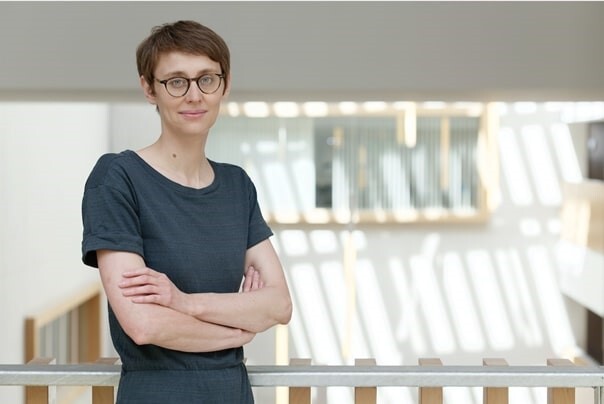Animation : Jean François Guillemoles, CNRS-IPVF
Interventions
- Introduction - État de l’art et perspectives : Martin Green, UNSW, Australie
- Photonique et photovoltaïque : Stéphane Collin, CNRS-C2N
- Des matériaux construits à façon : Nathanaelle Schneider, CNRS-IPVF
- Les tandems silicium-pérovskite : Solenn Berson, CEA-INES
- Le photovoltaïque, une science des interfaces : Philip Schulz, CNRS-IPVF, MOPGA

